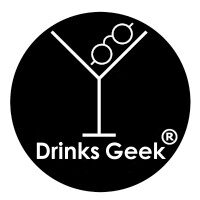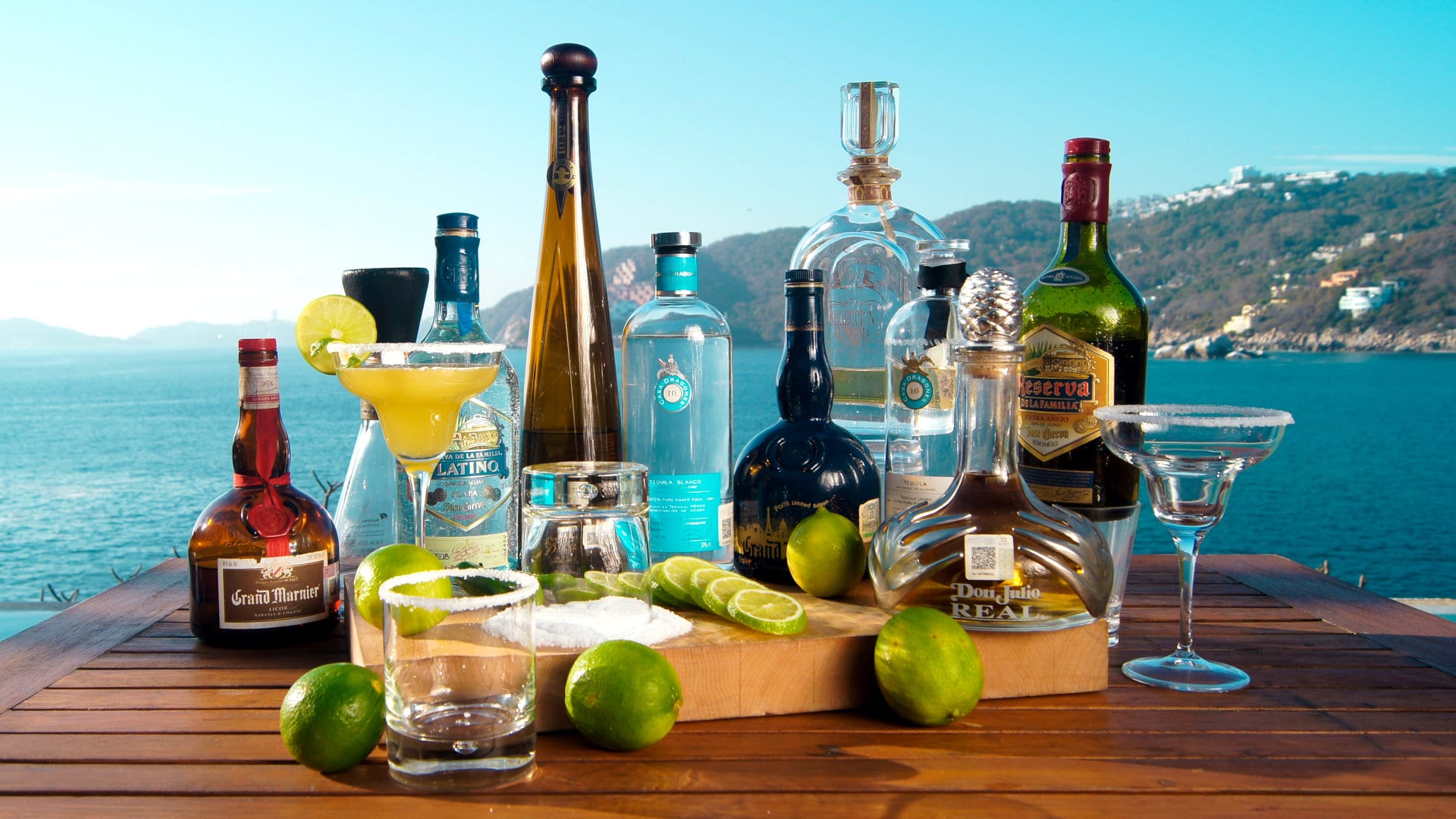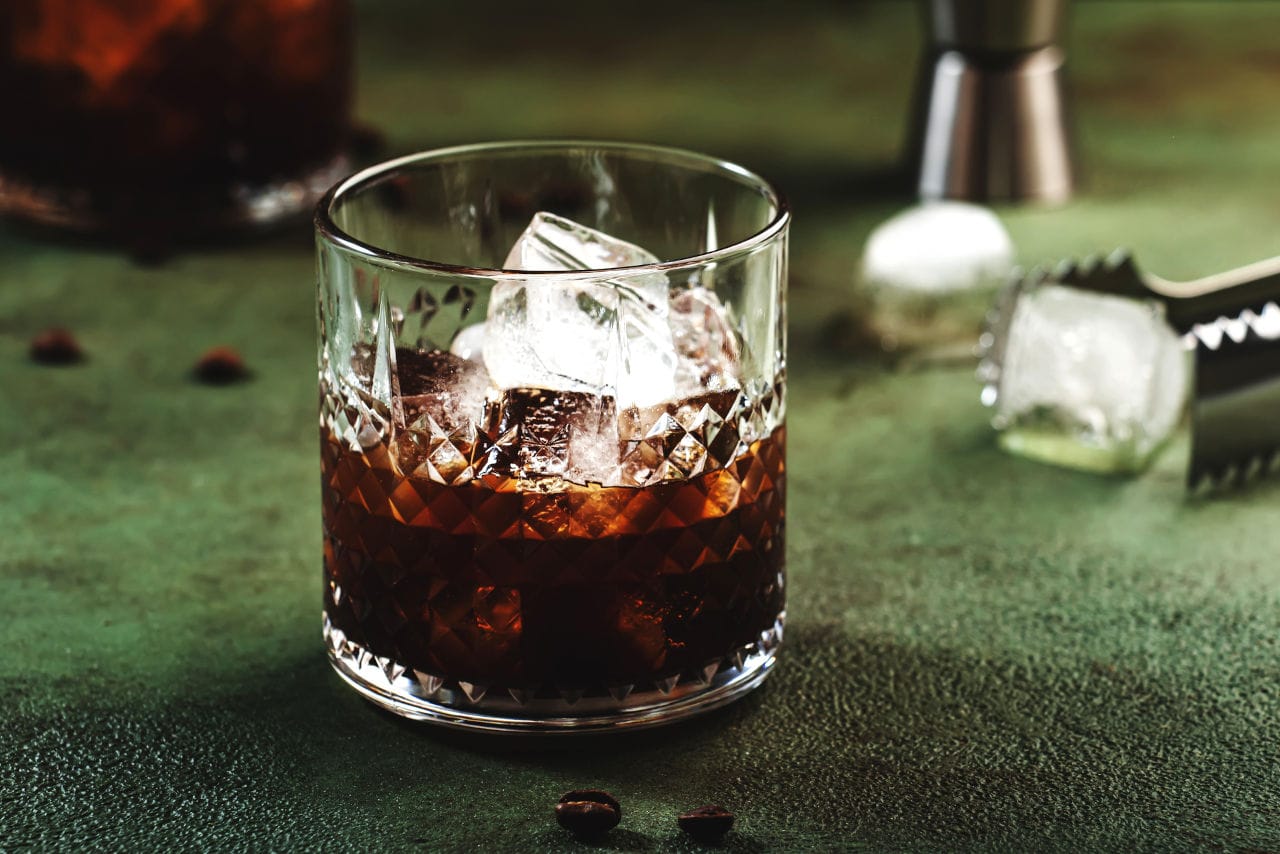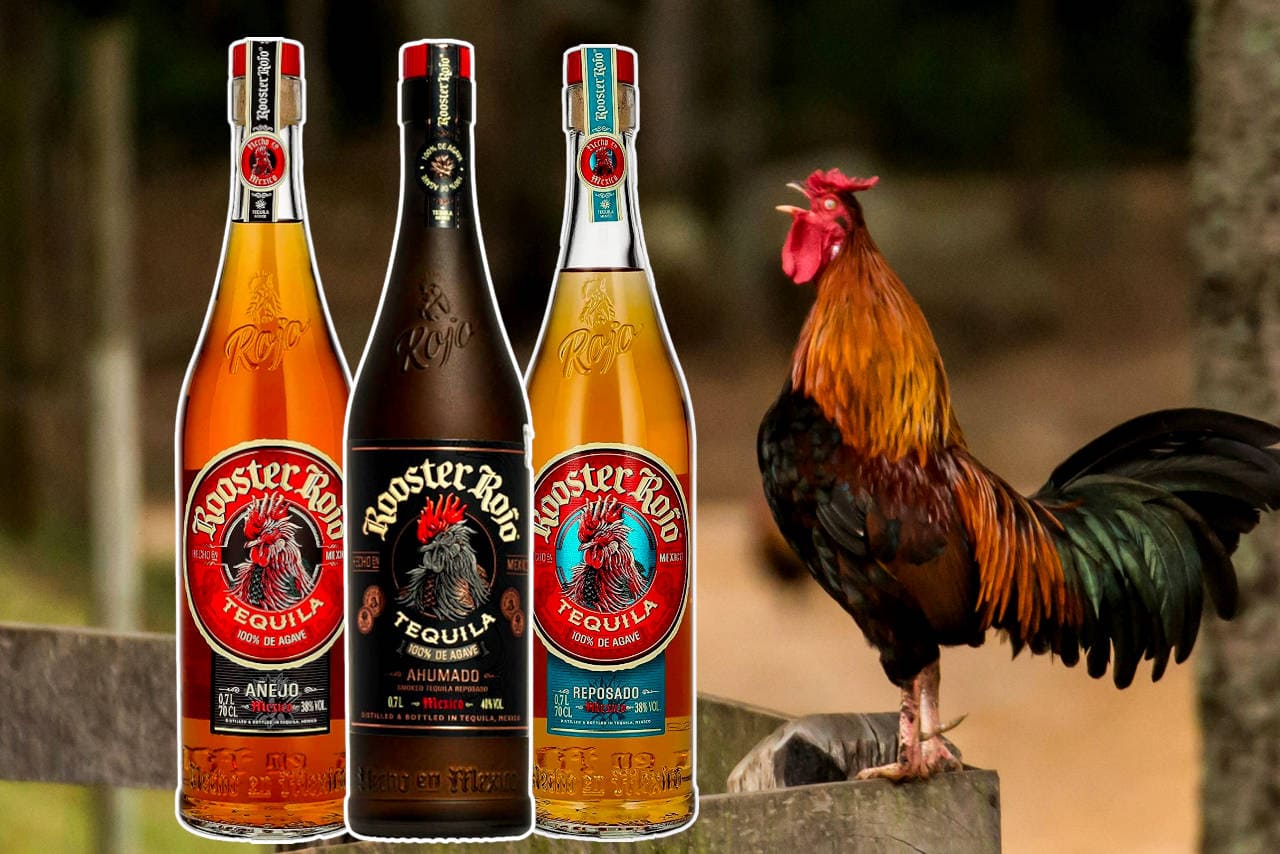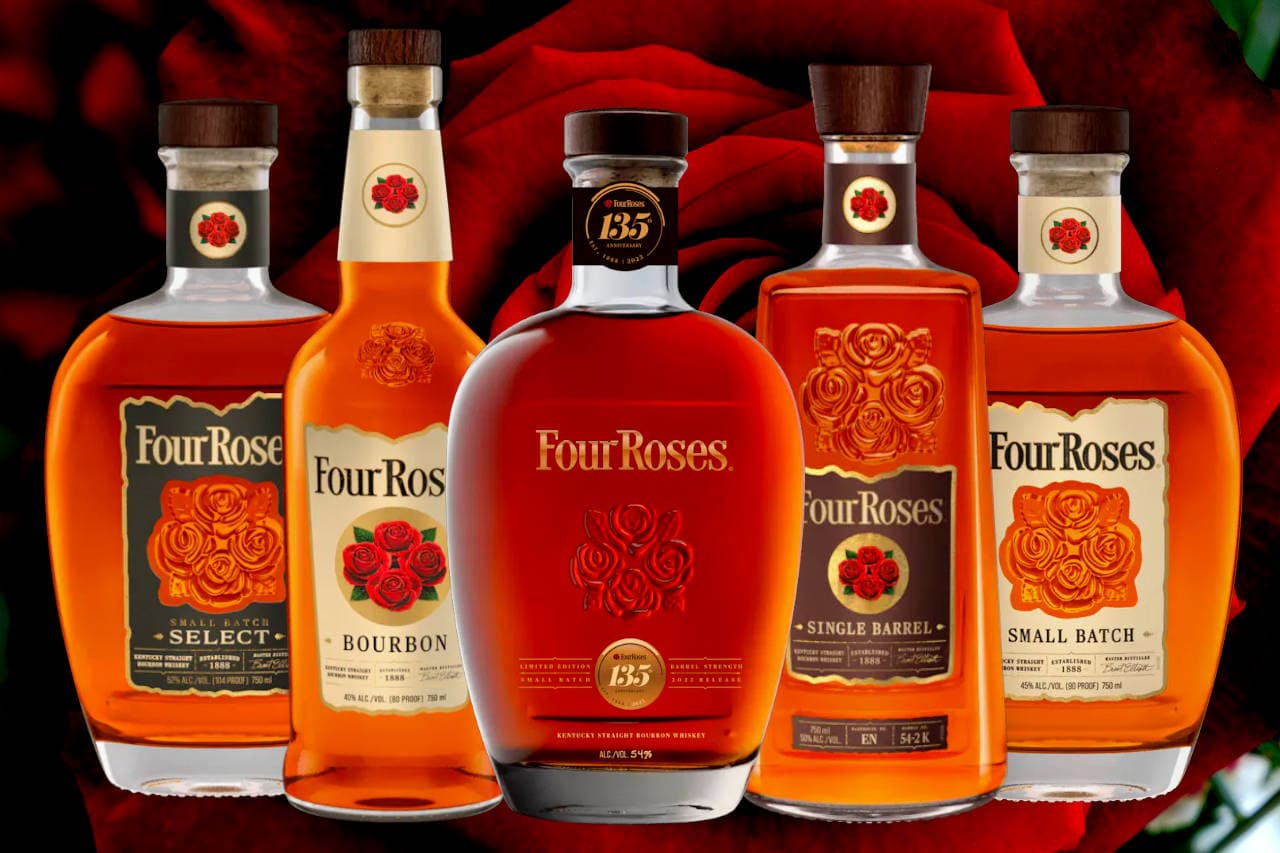The history of Champagne is inextricably linked with high society and celebration, from the fun of popping corks to the clink of dainty glasses and spraying of winning Formula 1 drivers. Whenever there is a special occasion to celebrate, Champagne is always there to make an impact.
But where did Champagne originate from, and how did it end up with its trademark bubbles? The answer lies in some curious quirks of history, and it will probably surprise you that it was the English who popularised sparkling Champagne.

History Of Champagne
0- 799 AD
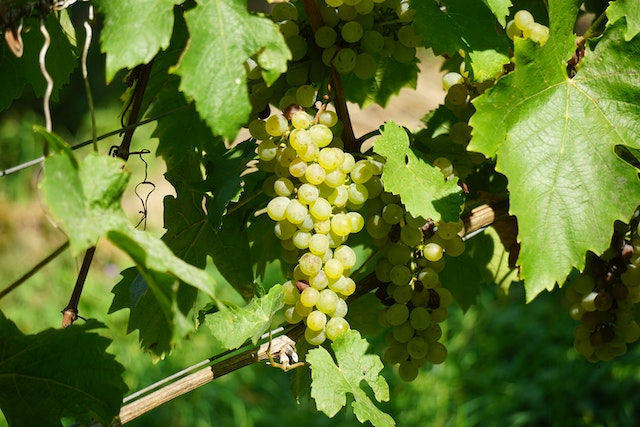
During the Roman occupation of France, the Romans introduced grapes to the Champagne region of northern Gaul, which they named for its similarity to the Italian district of Campania south of Rome. The first recorded vineyard in this area belonged to St. Rémi in the 5th century.
The Romans were already accomplished viticulturists, and they introduced the techniques of grafting, pruning, and training vines, which helped the locals to grow high-quality grapes in the cool climate of the Champagne region. The relatively low temperatures and freely-draining chalky soil contributed to the character of the local wines.
The introduction of Christianity saw the monasteries establish a monopoly on the vineyards, using them as a source of sacramental wine for the Eucharist. This use of wine and Champagne’s location at the intersection of two trade routes established its association with French royalty.
On Christmas Day 496, Saint Rémi baptised the Frankish warrior Clovis and crowned him the first king of France, drinking Champagne wine during the consecration.
800- 1599 AD

Pope Stephen IV crowned Louis the Debonair in Reims in 816, and the local wine flowed at the coronation banquet. Reims became the traditional site where French kings were crowned and often referred to by the French as the Coronation City.
In 1114, Guillaume de Champeaux, bishop of Châlons, created the Grand Chart of Champagne, which confirmed the agricultural and viticultural possessions of the abbey of Saint-Pierre-aux-Monts, with almost all the areas mentioned in this act being part of the modern Champagne wine region.
In the 13th century, great trade fairs held every year in the Champagne region, which could last up to six weeks, encouraged the export of Champagne wines to other parts of Europe, and the locals planted many more vineyards.
1600 – 1699 AD

Despite their current reputation, these Champagne wines were still thin, acidic, and pale red to pinkish, unable to match the wines of Burgundy for richness and colour. Hoping to entice Flemish customers with a cheaper alternative to Burgundy wine, the Champenois shifted their production to white wines.
However, white wines from white grapes grown in this region did not perform well, tasting dull and spoiling quickly. They tried making white wine from red grapes, although the results were generally greyish or pink.
These wines were also occasionally bubbly, although it was actually considered a fault. As temperatures fell in the autumn, the wine’s fermentation would sometimes stop while fermentable sugar still existed. When the temperatures rose in spring, dormant yeast awoke and, in a second fermentation, produced carbon dioxide that would often cause bottles to explode.
The monks called these wines “the devil’s wine,” as the chain reactions of explosions caused hazardous flying glass and could destroy as much of a cellar’s contents.
By 1661, the Benedictine Abbey at Hautvillers had 25 acres of vineyards and received grapes as tithes from local villages. In 1668, the abbot appointed Pierre Pérignon as the cellar master.
At the time, local vineyards were planted with several grape varieties, including Pinot noir, Pinot blanc, Pinot gris, Pinot Meunier, Chasselas, and possibly Chardonnay. Dom Pérignon advocated using only Pinot noir, as he believed they had the best flavour and were less likely to produce bubbles.
Dom Pérignon developed techniques to create white wine from red grapes (by limiting skin contact with the flesh) and minimising the development of bubbles. He was the first to blend grapes from different vineyards to obtain the desired quality, a crucial part of making Champagne.
Moving our attention now to Great Britain, Henry VIII imported Champagne wines to England in the 1500s; they became popular in that country after exiled Charles de Saint-Évremond promoted them at social events.
Soon many powerful and fashionable individuals were importing it to London. Some of the bottles proved to be bubbly when opened, and it was the English who first saw this as desirable.
In 1662, English physician and scientist Christopher Merret presented a paper about how sugars in wine caused it to become sparkling and that adding sugar to wine would encourage this process, a procedure that the English were soon routinely performing.
The English navy forbade the use of oak for charcoal burning to ensure stocks for shipbuilding. English glassmakers turned to coal, which allowed them to produce thicker, more durable bottles than the French – bottles that could hold up to the bubbles of effervescent Champagne. They also reintroduced the use of corks as stoppers.
As modern sparkling Champagne became more popular in London, European courts and capitals discovered it – including the French.
1700 – 1799 AD

After Louis XIV died in 1715, his nephew, the Duke of Orleans, became Regent of France. He enjoyed sparkling Champagne and served it to his aristocratic friends at the Palais Royal. Restaurants and fashionable society followed suit, prompting many Champenois winemakers to switch from still wines to sparkling ones.
Instead of monasteries dominating wine production (as Trappist monks did with beer), private merchant houses that bought grapes from vineyards took over. The house of Taittinger was established in 1734, Moët & Chandon in 1743, Veuve Cliquot in 1772, Louis Roederer in 1776, and Piper-Heidsieck in 1785. These houses employed sales agents to promote their wines at royal courts across Europe.
Nevertheless, by the end of the century, non-sparkling pinkish wine still made up over 90% of the region’s production. The Reign of Terror and Napoleon’s wars temporarily halted the growth of Champagne’s popularity.
1800 – 1899 AD

After Napoleon’s defeat in 1814-1815, Russian forces occupied the Champagne region. As Russian troops emptied the widow Cliquot’s cellar of Champagne, she commented that while they drank it today, tomorrow they would pay.
In the next century, until the Russian Revolution in 1917, the Russian Empire was the second-largest consumer of Champagne. During the Regency period in England (1795 to 1837), Champagne grew in popularity with high society and became associated with liberal thinking.
During the Industrial Revolution, understanding grew about how to make sparkling wine. French scientist Jean-Antoine Chaptal produced a detailed and precise explanation of the second fermentation process and the role that sugar plays.
In the 1830s, a Champenois pharmacist named André François wrote formulas for the precise amount of sugar to be added to produce sparkling wine without creating more pressure than the wine bottles could handle. Corking machines and better corks improved the process of sealing wine bottles.
Although early Champagne makers left the sediment (dead yeast) in the bottle, it caused clouding of the wine and a less than desirable ‘off’ flavour. Drinkers used workarounds to avoid these problems, but only in the early 19th century did Madame Cliquot and her cellar master develop the riddling technique.
The wines were stored horizontally, with the sediment collecting in the neck and then ejected using the wine’s pressure. By the late 1820s, all Champagne houses were using this technique. To replace the wine lost, they added sugar, a process called dosage. By this stage, the modern method for making Champagne, the méthode champenoise, was essentially perfected.
The addition of sugar led to a taste among consumers, particularly the Russians, for very sweet Champagne. Champagne producers added various levels of dosage for different markets. This practice benefited makers, as they could use it to cover flaws in the wine.
However, over this century, tastes shifted to drier Champagnes which started the evolution of half-dry, dry, and extra-dry varieties of Champagnes. In 1846, Perrier-Jouët introduced a Champagne without sugar. Initially labelled brute-like, these “brut” Champagnes would become the standard.
In 1854, growth in the French railroad system saw Reims linked with the ports, and Champagne exports grew exponentially. During this decade, production averaged 20 million bottles per year. Champagne grew massively in popularity and, from the 1870s, it increasingly became a drink of the people.
Four Champagne houses created the first trade body in 1882, and the Treaty of Madrid, signed in 1891, reserved the name “Champagne” for wines from this region. However, as with other wine-growing regions, the phylloxera insect caused a crisis in Champagne production from 1890 to 1894.
1900 – Present
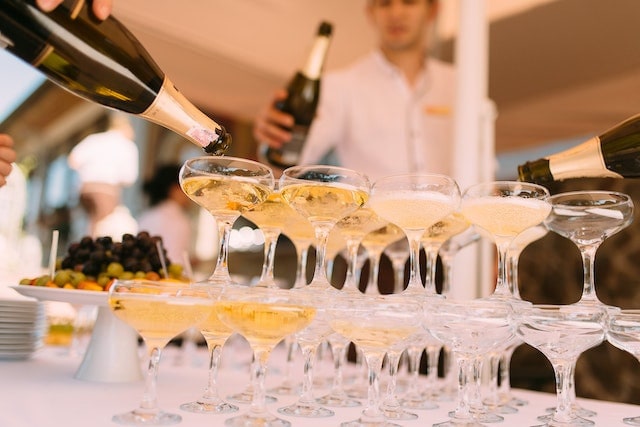
The first delimitations of the Champagne terroir were made in 1908, and in 1911, the French government officially established the cru ranking. The Treaty of Versailles in 1918 reaffirmed that Champagne may only be produced in the Champagne region.
The Roaring Twenties saw socialites the world over serve it at glittering parties, as partygoers consumed vast quantities to ensure they were seen as high-class and remaining in-with-the-in-crowd.
By 1927, a new regional delimitation established the current boundaries of production. In the early 1930s, overproduction and poor sales caused another crisis in the industry, which responded by petitioning the French government to create the Champagne AOC to guarantee the authenticity and quality of the wine.
Winemakers formed the Comité Interprofessionnel du Vin de Champagne in 1941 during the Nazi occupation of France. US General Eisenhower served Champagne in May 1945 at his HQ in Reims on receiving Nazi Germany’s unconditional surrender.
Post-war, sales quadrupled from 1945 to 1966. In 1967, A. J. Foyt and Dan Gurney won the 24 Hours of Le Mans race. On a whim, Gurney sprayed the winners’ bottle of Champagne into the crowd, giving rise to a new tradition. Countless sporting and cultural achievements have been celebrated with Champagne.
The European Union has come to protect the exclusive use of the term “Champagne” for sparkling wines from this region of France. In 1994, the méthode champenoise was renamed the méthode traditionelle. The EU regulates the use of this term.
Recent years have seen the rise of sustainable methods of viticulture and a push to expand the AOC zone to increase production, a result of worldwide demand, even though over 200 million bottles of Champagne are produced annually.

Conclusion

Champagne has a venerable history, from the Roman days and the crowning of French royalty to the development and promotion of sparkling varieties that have come to define this wine. Now you know the history of Champagne, you must have even more appreciation for the remarkable qualities of this beautiful aid to celebration.
You may want to try one of the 9 Vibrant Rosé Champagnes that Ingrid recently reviewed.
References
https://en.wikipedia.org/wiki/History_of_Champagne
https://www.Champagne-booking.com/en/the-history-of-Champagne/
https://www.Champagne.fr/en/from-vine-to-wine/what-is-Champagne-wine/history-of-Champagne-wine
https://en.wikipedia.org/wiki/Dom_P%C3%A9rignon_(monk)
https://www.bbc.com/news/uk-england-gloucestershire-39963098
https://thegoodlifefrance.com/the-real-history-of-champagne-and-its-bubbles
https://www.pernod-ricard.com/en/media/history-champagne
https://fr.wikipedia.org/wiki/Grande_Charte_champenoise

Further Reading
Below are some additional articles from The Drinks Geek blog. We write articles on several fascinating areas of drinks, including different brands, drink types, cocktail recipes and more.
